FADE TO BLACK
OPEN IN BLACK AND WHITE
CUE TWILIGHT ZONE THEME SONG
CUE ROD SERLING ON SET:
I’m Rod Serling, and you’ve entered The Twilight Zone, a CBS production.
Submitted for your approval, another CBS television series, The Jackie Gleason Show. It ran throughout the 1960s, but in its place on Saturday nights during the summer of 1968, a rather unusual series aired. One that was very, very different from the tone of Gleason’s light-hearted show. The average fan of Jackie Gleason probably thought he really was in the Twilight Zone, when he tuned into a show that began each week like this:
http://www.youtube.com/watch?v=PhnTMxHOWlY
Thanks for the intro and for cuing up the extended version of the Prisoner’s opening credits, Rod, but I’ll take it from here.
Seen in the context of the typical American TV faire of the mid-1960s such as Jackie Gleason’s show, Patrick McGoohan’s The Prisoner had to have seemed especially surreal and challenging to American viewers, particularly given the year it aired, as 1968 was anything but “the Summer of Love.”
The story goes that McGoohan had gotten bored with playing John Drake, his Danger Man/Secret Agent character, and wanted to try something a bit more challenging. He proposed the story idea to Sir Lew Grade of ITC (who produced everything from Captain Scarlet and UFO to The Muppet Show in the 1960s through the late 1970s, usually with an eye towards the American market). According to the all-knowing, occasionally accurate Wikipedia, It was inspired by George Markstein, The Prisoner’s script editor, who would later write Cold War-themed novels and movies, and who had based his notion out from the legends of World War II:
Part of Markstein’s inspiration came from his research into World War II, where he found that some people had been incarcerated in a resort-like prison called Inverlair Lodge.[11] Markstein suggested that Danger Man lead, John Drake (played by McGoohan), could suddenly resign, and be kidnapped and sent to such a location.[11] McGoohan added Markstein’s suggestion to material he had been working on, which later became The Prisoner. Furthermore a 1960 episode of Danger Man, “View from the Villa”, had exteriors filmed in Portmeirion, a Welsh resort village that struck McGoohan as a good location for future projects.
Further inspiration came from a Danger Man episode called “Colony Three”, in which Drake infiltrates a spy school in Eastern Europe during the Cold War. The school, in the middle of nowhere, is set up to look like a normal English town in which pupils and instructors mix as in any other normal city, but the instructors are virtual prisoners with little hope of ever leaving. McGoohan also stated that he was influenced by his experience from theater, including his work in Orson Welles’ 1955 play Moby Dick Rehearsed’ and the 1962 BBC teleplay The Prisoner by Bridget Boland.[11] McGoohan wrote a forty-page show Bible, which included a “history of the Village, the sort of telephones they used, the sewerage system, what they ate, the transport, the boundaries, a description of the Village, every aspect of it…”.[8]
While The Prisoner must have seemed particularly surreal to the majority of CBS’s viewers, in one sense it was surprisingly at home. In the late 1960s, prior to the network’s Great Rural Purge early in the next decade, CBS’s lineup was, at the time, the most conservative of the original three American TV networks, and The Prisoner is ultimately a remarkably libertarian show, asking questions about the nature of postwar government itself. You want to wage the Cold War? You want an ever-expanding Leviathan State? You want loyalty oaths from your employees? You want to implement speech codes and political correctness? You want state-run education? You want cameras on every street corner? Be prepared to face the consequences of living in such a Kafkaesque world.
Backstage at The Village
But while we can debate endlessly the meaning of the show, first the footage had to be shot, on location in London, at MGM’s now defunct Borehamwood studios north of London, and most notably on the grounds of the Hotel Portmeirion in North Wales. Last month, the How To Be a Retronaut Website ran a series of behind the scenes images of The Prisoner in production, which are well worth exploring, both for the show’s unique production design, with touches of Corbusier modernism amidst the eccentric architecture of the Hotel Portmeirion, and for the shots of the giant blimped Mitchell 35mm movie cameras used to shoot the series, and give its rich textures.
Speaking of rich textures, The Prisoner’s theme song was iconic, and is rightly considered a classic from the posh side of the swinging mid-1960s. And then there’s the Bond connection in the form of session guitarist Vic Flick, who also played the raucous Duane Eddy-inspired lick on the bass strings of the guitar for the original and beloved Bond theme song.
But I’m not sure how well that music works to set the tone of The Prisoner, though. Perhaps some of the darker, more dissonant Bartok-inspired background music (not the theme) that Lalo Schifrin was doing for Mission: Impossible might be more appropriate. But it’s impossible to think of anything else now, and it’s certainly withstood the test of time. And perhaps the richness of the overall instrumentation helps to hint at the dangers of the Village, which is certainly attractive on the outside, yet lurks with death and danger just under its stylish surfaces.
Six of One, Half a Dozen of Another
But what of the final episode, which makes The Prisoner’s first outings seem like a Jack Webb police procedural in comparison? In an early Bleat, James Lileks gave one possible interpretation:
In my second year of college I was devoted to the Prisoner, and watched it with religious rapture on Sunday nights, convinced that McGoohan had crafted a perfect show – a paranoid spy drama with Large Looming Themes about the individual and society. But even then in my hemp-addled state I saw the last episode for what it was: an inedible stew of sophmoric allegory that ruined everything that had gone before. So last night I watched it again to see if it was truly as bad as I remembered, and yes, it was. Interesting concepts, but tritely executed. Even so, I’ll give him credit for one thing: having spent 13 episodes defending the rights of the individual to be an individual, he turned the idea on its head at the end, and suggested that absolute individuality corrupts absolutely, that it corrupts society. I didn’t understand that in 1977; I didn’t see that point.
Interesting point, but when it’s being made by 30 robed guys in black-and-white masks pounding a table, you have to roll your eyes and say wow, man, heavy.
That said, the Prisoner was still a good show. What was American TV doing at the time? I Dream of Jeanie.
Out of respect for the original series, I never watched the remake that appeared on AMC in 2009. Though I must say that the casting of James Caviezel, the titular star of The Passion of the Christ as Number Six, and Ian McKellen, who never met a bible he didn’t seek to deface as his tormentor was inspired. If you’ve seen it, how does it hold up when compared with the original? And what did you think of the original series?
Oh and incidentally, in retrospect, how hard could have it really been to escape from the Village?
http://www.youtube.com/watch?v=ptJJAPL5vGA



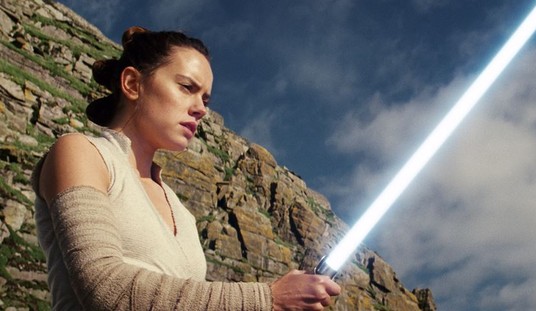
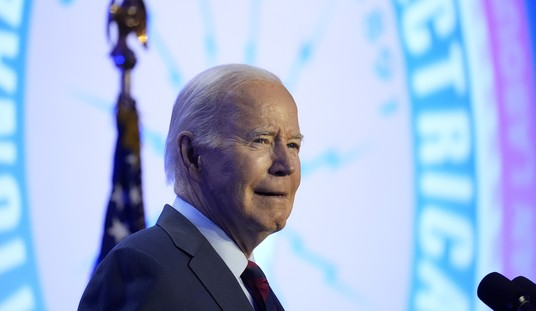
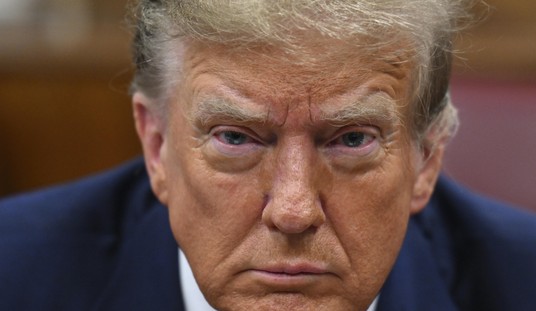
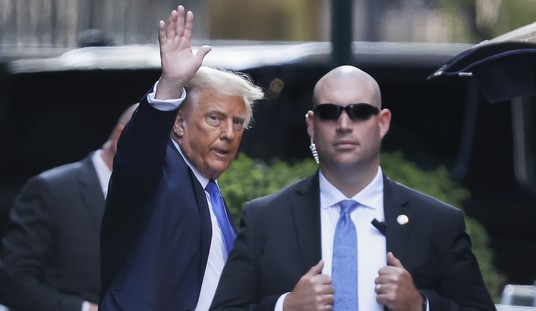
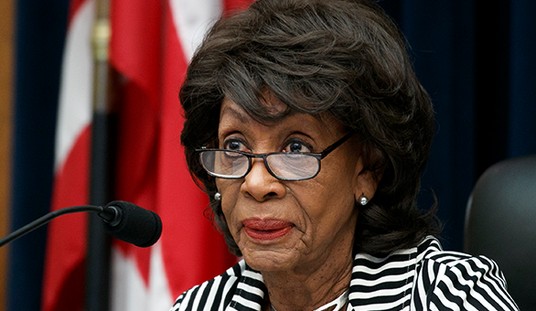
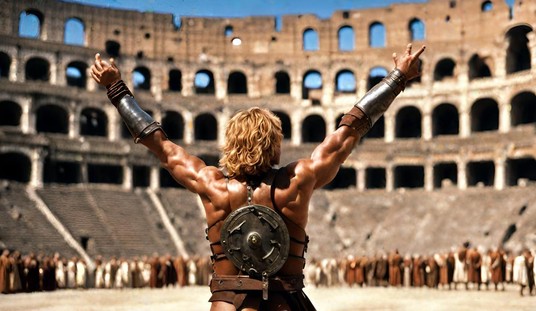
Join the conversation as a VIP Member